Turnip Seeds (Brassica rapa)
Turnip Seeds, Turnips are fast-growing, nutrient-packed vegetables that add flavor and diversity to your garden. With proper care, including well-prepared soil, consistent watering, and pest management, your turnips will thrive from seed to harvest. Whether you’re growing them for their tasty roots or nutritious greens, turnips are a rewarding crop for gardeners of all skill levels. Saving seeds ensures you’ll have a continual supply for future planting seasons, making turnips an essential addition to any vegetable garden.
- Estimated Delivery : Up to 3 business days
- Free Shipping & Returns : On all orders over ₹550 in Bangalore
Turnip Seeds, Turnips are versatile root vegetables grown for both their tender roots and nutritious greens. They are quick-growing, cold-tolerant, and easy to cultivate, making them a favorite for both spring and fall gardens.
1. Seed Selection
• Choose high-quality, disease-free seeds from reputable sources.
• Varieties include Purple Top White Globe, Golden Ball, and Tokyo Cross, each offering different flavors and sizes of roots.
2. Planting Time
• For spring crops, sow seeds directly into the garden 2-4 weeks before the last frost date.
• For fall crops, plant seeds in late summer or early fall, 6-8 weeks before the first frost.
3. Soil Preparation
• Turnips thrive in well-draining, loamy soil rich in organic matter.
• Amend the soil with compost or well-rotted manure to improve fertility. The soil pH should range between 6.0 and 6.5 for optimal growth.
4. Seed Sowing
• Sow seeds ¼ to ½ inch deep, spacing them 2-4 inches apart. Thin seedlings to about 4-6 inches apart once they sprout.
• Space rows 12-18 inches apart to allow room for growth and airflow.
5. Germination
• Turnip seeds germinate in 7-10 days at temperatures between 55-75°F (13-24°C).
• Keep the soil consistently moist to encourage quick and even germination.
6. Watering and Care
• Water regularly to keep the soil evenly moist, especially during dry periods.
• Mulch around plants to conserve moisture and control weeds. Avoid waterlogged soil, as turnips are sensitive to root rot.
7. Fertilizing
• Apply a balanced fertilizer (NPK 10-10-10) before planting, and side-dress with compost or fertilizer every 3-4 weeks during the growing season.
• Be cautious not to over-fertilize, as this can lead to excess foliage growth at the expense of root development.
8. Pests and Diseases
• Keep an eye out for pests like flea beetles, aphids, and cabbage root maggots. Use row covers to protect young plants, and apply neem oil or insecticidal soap if needed.
• To prevent diseases like clubroot and downy mildew, rotate crops annually and avoid planting turnips in the same spot for consecutive seasons.
9. Harvesting
• Harvest turnip roots when they reach about 2-3 inches in diameter for tender, flavorful results. Larger roots may become woody or bitter.
• You can also harvest turnip greens throughout the growing season when they are young and tender.
10. Seed Saving
• Turnips are biennial, meaning they flower and produce seeds in their second year. Allow the plants to overwinter or bolt, then collect the seeds from dried seed pods.
• Store seeds in a cool, dry place, where they can remain viable for up to 5 years.
Conclusion
Turnip Seeds, Turnips are fast-growing, nutrient-packed vegetables that add flavor and diversity to your garden. With proper care, including well-prepared soil, consistent watering, and pest management, your turnips will thrive from seed to harvest. Whether you’re growing them for their tasty roots or nutritious greens, turnips are a rewarding crop for gardeners of all skill levels. Saving seeds ensures you’ll have a continual supply for future planting seasons, making turnips an essential addition to any vegetable garden.

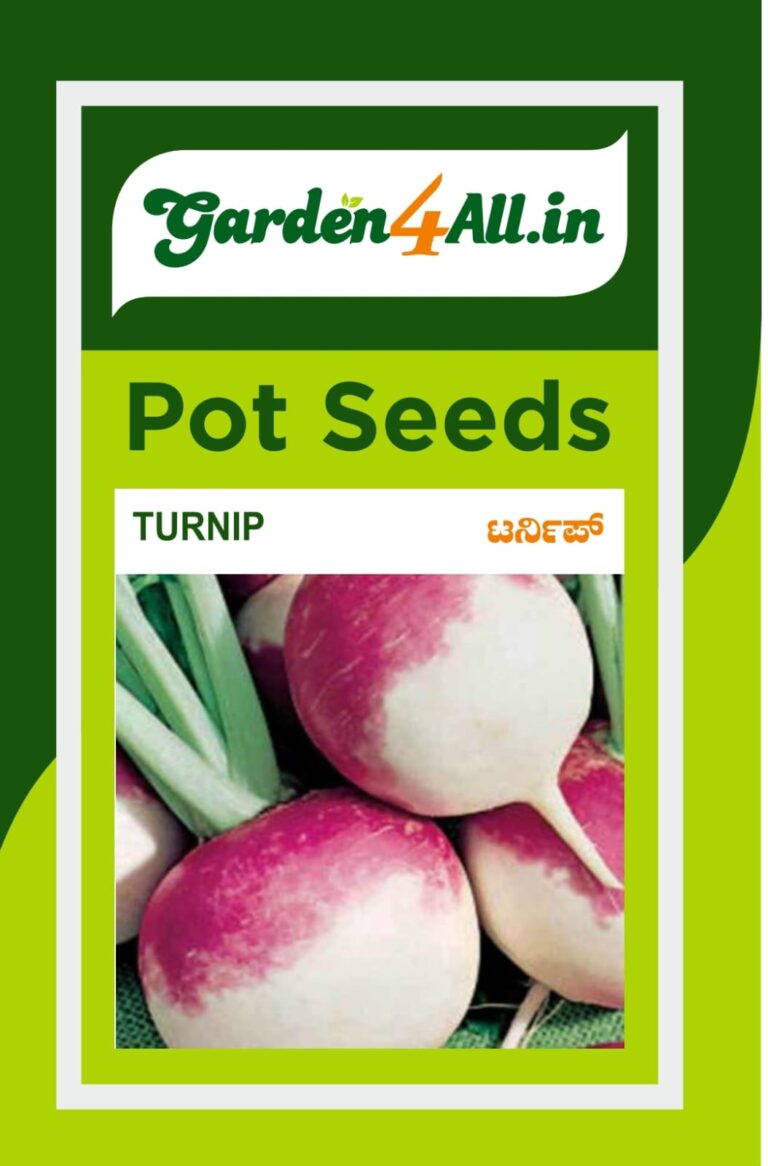
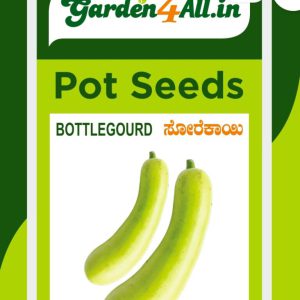
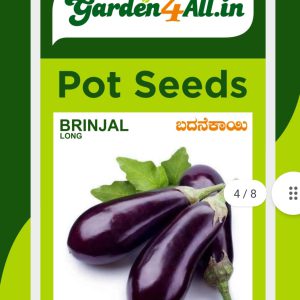
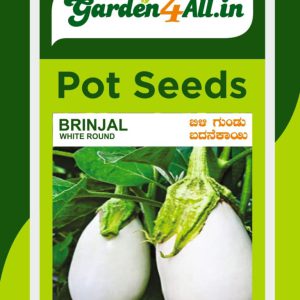
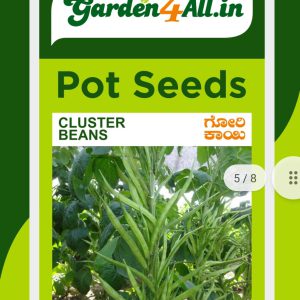
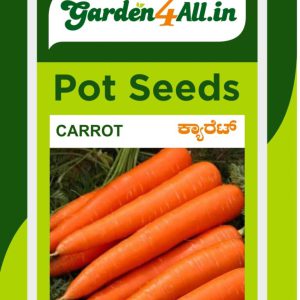
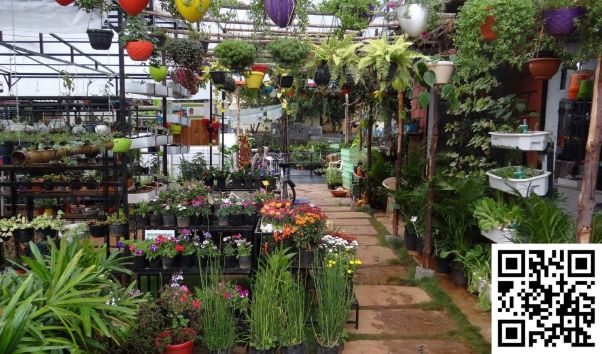
Reviews
There are no reviews yet.